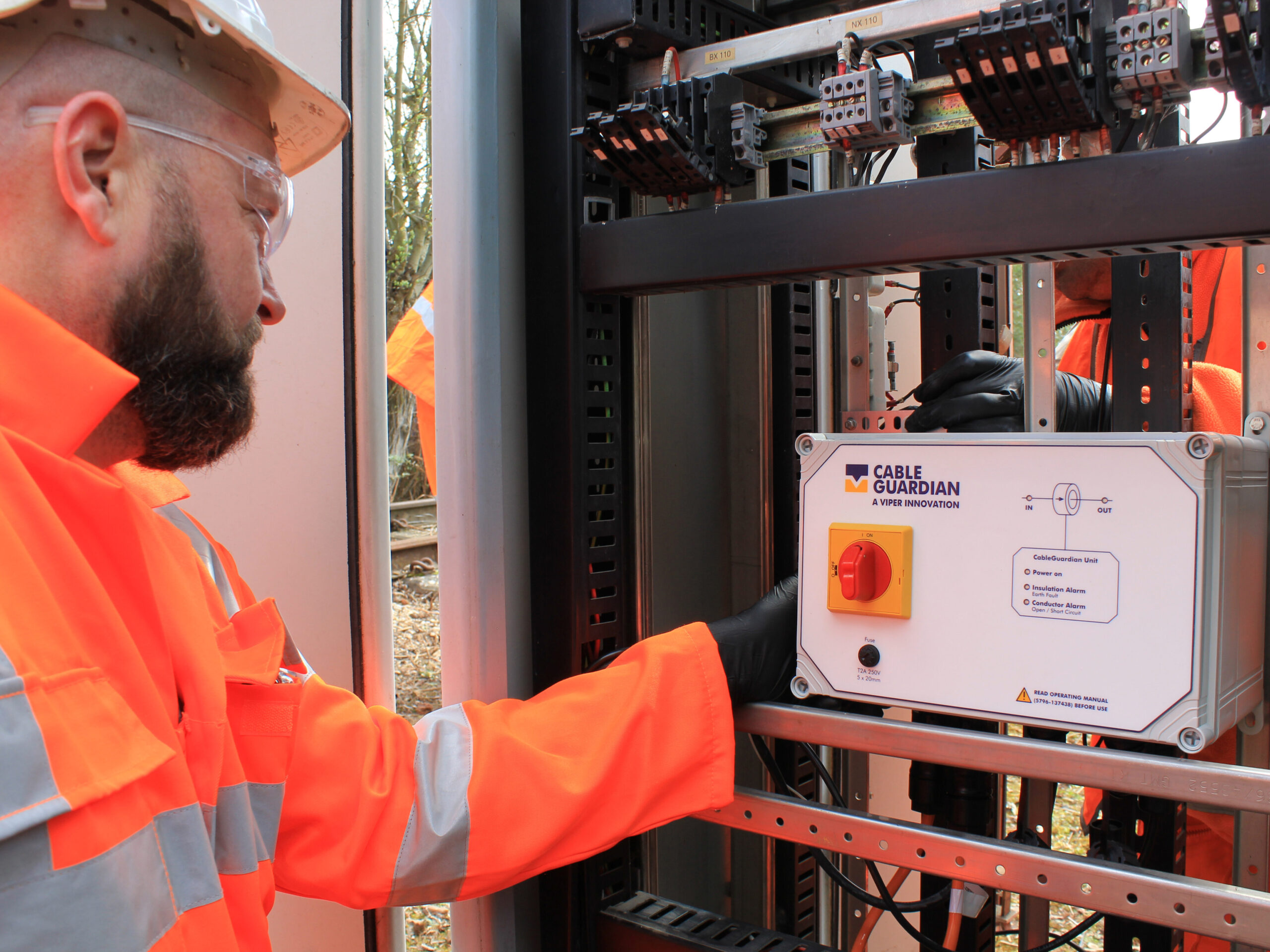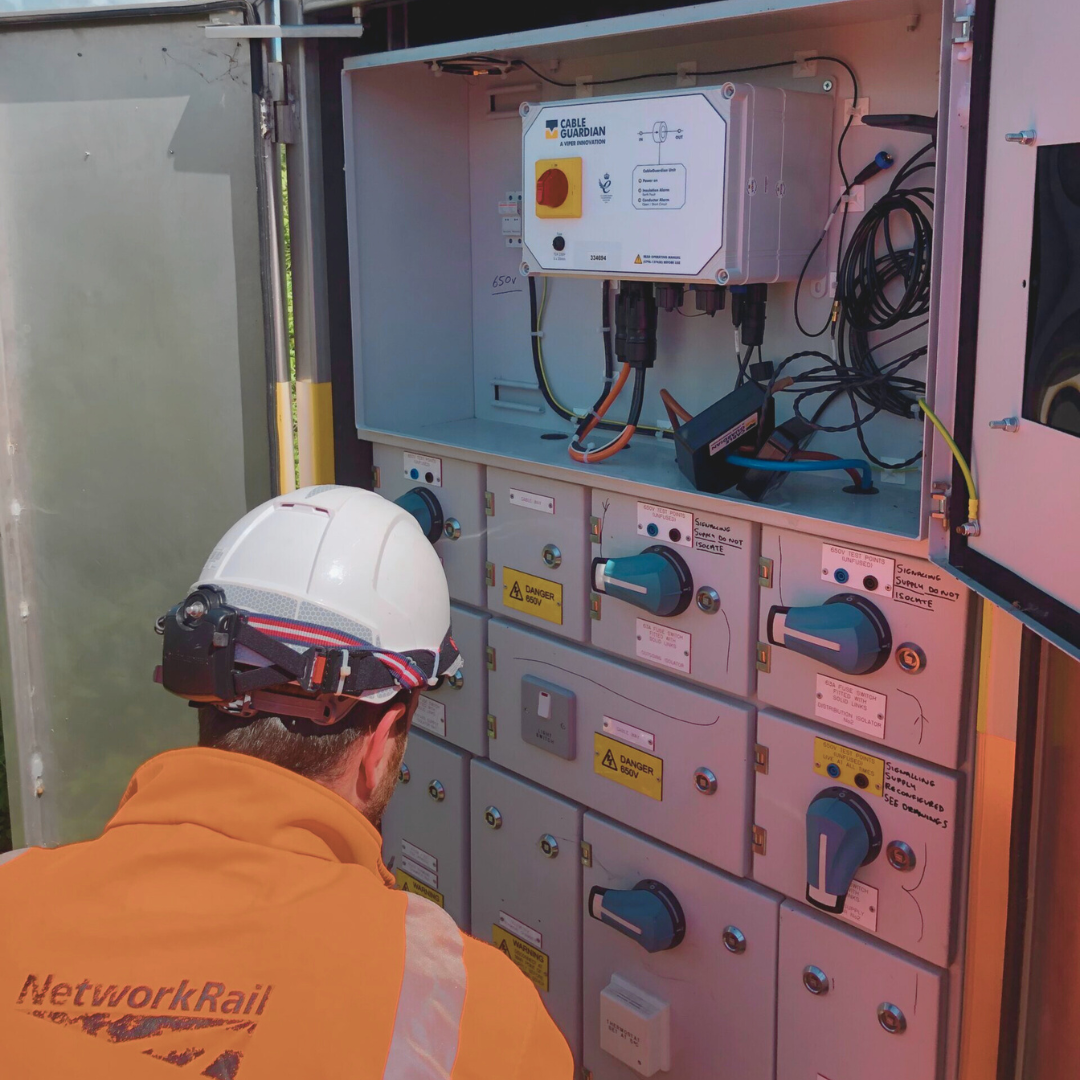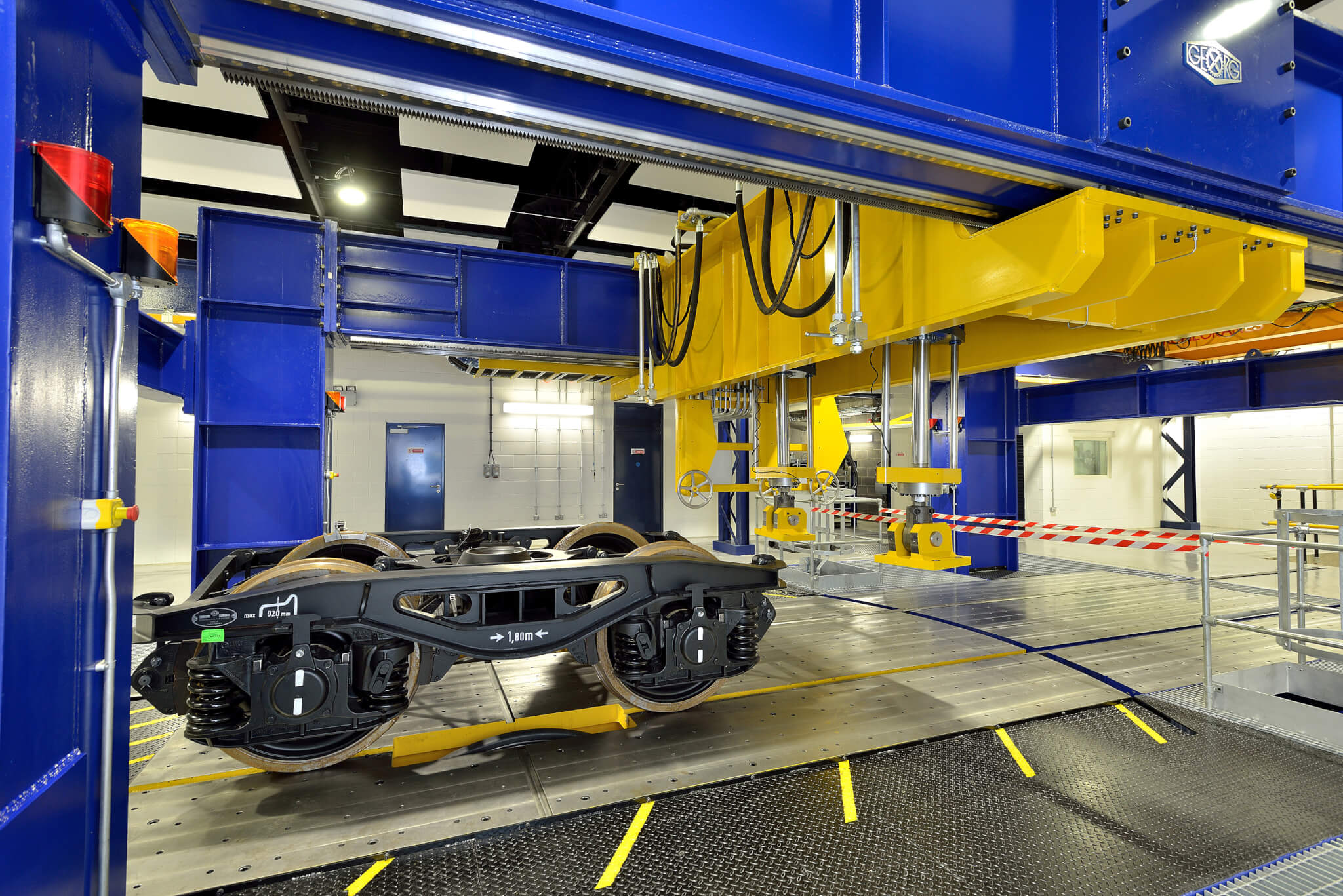Rail Innovation Timeline – 1800s
Viper Innovations’ CableGuardian system is one of the latest in a long line of achievements in railway technology targeted at improving the safety of the railway for the public and workforce and increasing the efficient operation of the railway-at-large. To celebrate these past innovations and all things to do with the improvement of safety and efficiency, we researched some key points in time that moved the railway forward. This piece covers those during the 1800s, from John Birkinshaw’s Wrought Iron Rails in 1820 to Ernst Werner von Siemens’s First Overhead Line Electrified Railway in 1883.
- The 1800s
The 1800’s saw the birth of the railway, with the UK leading the way building on the industrial revolution to create traction power. The spark came initially from moving goods and bulk materials faster, longer distances and with greater regularity to feed industry. A number of innovations combined to give the railway its life and one innovation bred another with multiple incremental changes in safety and efficiency across the 19th Century, enabling the UK to develop a whole operational transport system across the globe. There are so many spin-off innovations that the railway stimulated, such as the need for a common time reference to synchronise network stations. The railways were the reason that GMT was used as the standard time for the whole UK and the telegraph was the underlying technology used for synchronisation, the railway was the catalyst that moved the world away from the sundial. if you’re wondering why some civic building clocks have two minute hands, it’s because some locals would not convert to railway time and instead kept one reference to local time and one to railway time!
- 1820 – Wrought Iron Rails – John Birkinshaw
The introduction of processes that developed the new material of Wrought Iron allowed the move from strap rails and fishbelly rails of cast iron that were dangerous, short and brittle to create a more malleable and commercially viable product. This innovation brought longer, safer and more efficient installation and maintenance practices that supported the mass development of the railways. Bullhead rail became the most prolific section used. Steel rails came along in 1857 to increase lengths that could be drawn and laid and improve wear rate to increase the lifecycle in service.
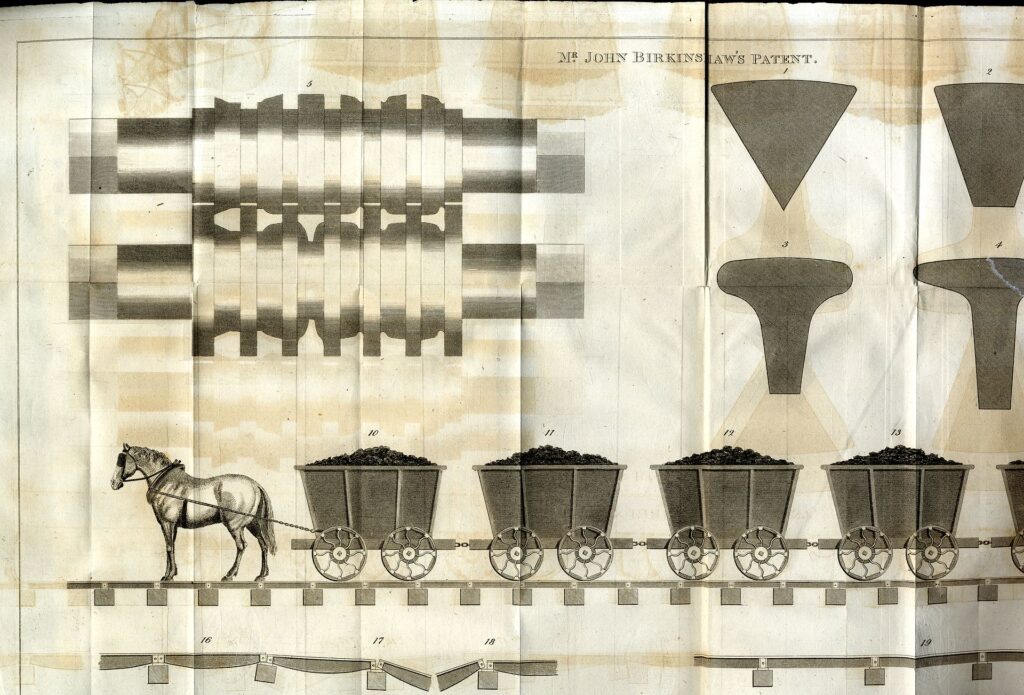
- 1830 – Steam Locomotive – Robert Stephenson
The world-famous Rocket, developed by Robert Stephenson was not the first steam locomotive, being predated by the rack driven Salamancar and Bucher developed by Matthew Murray and Puffing Billy and Wylam Dilly built by Blackett and Hedley using adhesion traction on smooth rails, but it was the first to achieve commercial success following winning the Rainhill Trials, persuading the owners to operate a fully steam locomotive powered operation of the Liverpool and Manchester railway. The Rocket was the template that brought together multiple innovations in design that gave the steam train its familiar front chimney-tubular boiler-rear firebox layout and angled cylinder drive rods for the wheels. Also, it was the first engine designed with passengers rather than freight in mind.
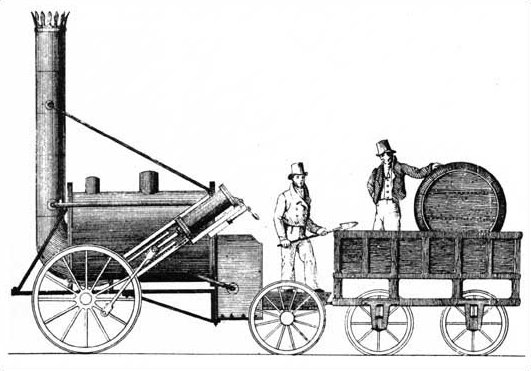
- 1832 – Points – Charles Fox
On early lines, vehicles were moved between tracks by means of sliding rails, with a signaller having to move to each location, move the rails and set a signal manually. Fox invented the point machine, which provided the ability to move trains from one track to another from a remote point by using levers and rods, affording control to be concentrated in a single location. Thus, increasing the efficient use of track and providing operational flexibility in a much safer and efficient process.
- 1837 – Commercial Telegraph – Cooke and Wheatstone
The first commercial application for the electromagnetic telegraph system was developed for the London and Birmingham Railway by Cooke and Wheatstone to manage communications on rope hauled stock being pulled into the station. A system was needed to signal to and Between Camden and Euston to start hauling carriages back up the incline to the waiting locomotive, as carriages were left to gravity to enter the station. Longer commercial developments followed with Paddington to West Drayton and Nine Elms to Gosport, covering 88 miles and with a private channel for the Admiralty. This system allowed for the creation of the block signalling system in 1842 to safely keep trains apart. Cooke and Wheatstone’s telegraph also played a part in the apprehension of the murderer John Tawell. Once it was known that Tawell had boarded a train to London, the telegraph was used to signal ahead to the terminus at Paddington and have him arrested there. The novelty of this use of the telegraph in crime-fighting generated a great deal of publicity and led to increased acceptance and use of the telegraph by the public.
- 1842 – Semaphore Signalling – Joseph James Stevens
The first railway semaphore signal was erected by Charles Hutton Gregory on the London and Croydon Railway at New Cross, southeast London, about 1842, following the patent by Stevens. Prior to this, numerous developments had covered flags, lanterns and beacons and the time-interval method of signalling, where a ‘Policeman’ (where the slang term ‘bobby’ comes from, for a signaller) would signal a train into a section of track and then wait a period of time to allow another train into the section. Poor visibility, mishaps, breakdowns and human error made this a particularly unsafe operation. The semaphore was afterwards rapidly adopted as the standard for fixed manual signals for Britain and emerging railways, superseding other methods by 1870 and combined with the telegraph allowed the creation of fixed block signalling, a major step forward in safety and efficiency.
View the full timeline of the 1800s here.
We hope you enjoy reviewing our collation of interesting rail innovations. Although we have focussed on innovations that appealed to us as innovators in safety and efficiency, there are countless others that could have qualified. It’s important to recognise that missing from the innovations listed is the people who made it happen as part of the wider team. An individual may have a spark of brilliance to light the way, but it takes teams of people to turn an idea into an innovation. In the modern, safety critical and densely populated rail networks of today, bringing an invention to life, enabling its progress, assuring its safety, refining its operation, and keeping it in use throughout its lifecycle is a tremendously difficult task. Viper has always recognised the vital part played by our clients’ engineers, specifiers, enablers, assurance, users, sponsors, and look forward to many more fruitful collaborations in the years ahead.




